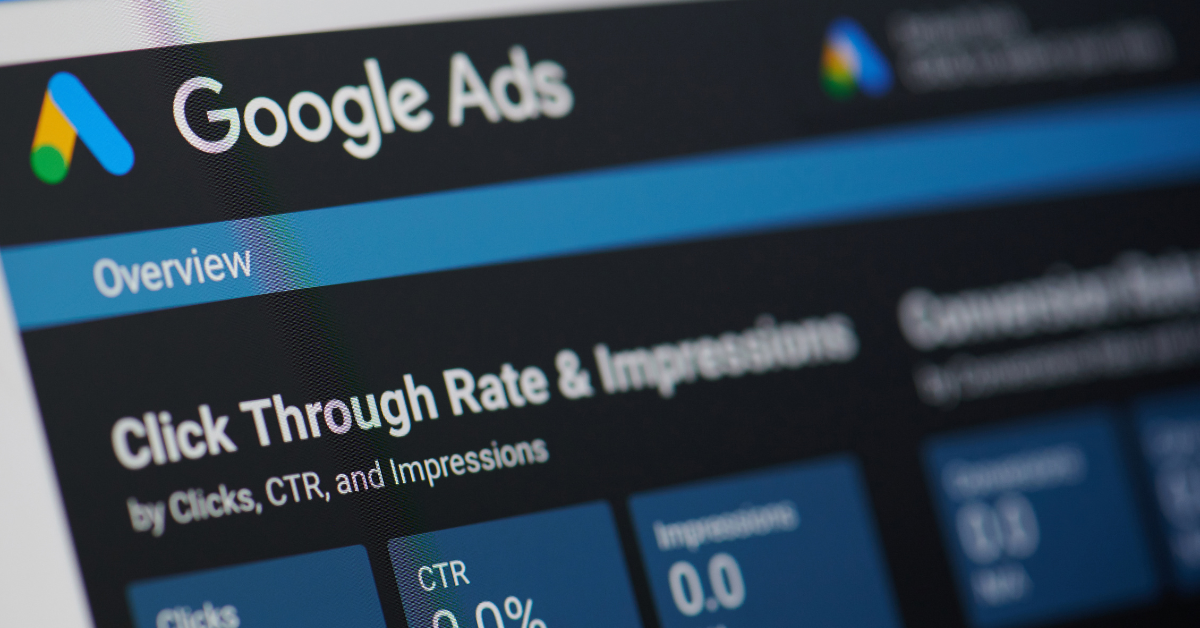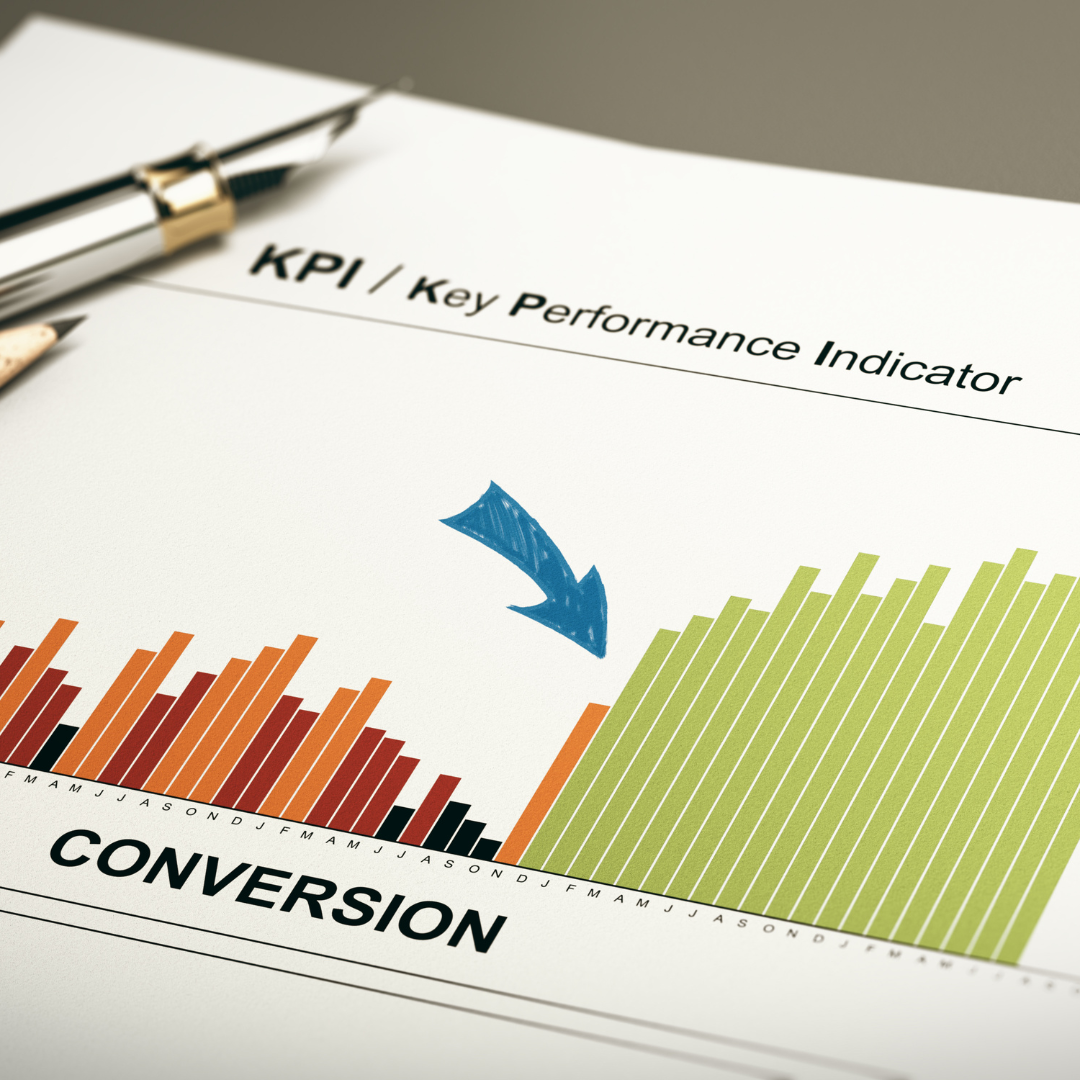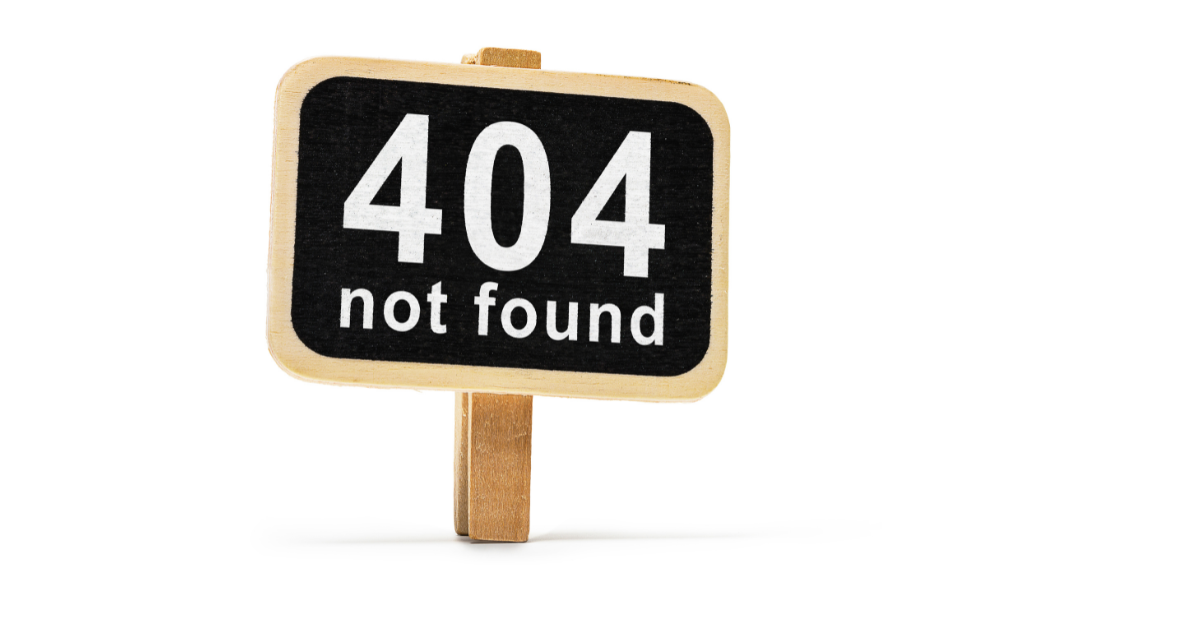
Written by Brittany Degnan
July 18, 2024
Google Ads is Google’s advertising platform, where businesses create and manage ads to appear on Google’s search engine and across its advertising network. It’s a powerful tool for reaching potential customers searching for business-related products or services. Google Ads provides businesses with a measurable and controlled way to build brand awareness and acquire customers. It offers detailed analytics and targeting options to optimize campaigns effectively.
Initial Steps to Setting Up Google Ads
- Build a Website: Ensure a business has a functional website to drive traffic from ads. Websites serve as the destination for users who click on ads.
- Set Up Analytics: Install Google Analytics 4 (GA4) to effectively track user behavior, conversions, and campaign performance. This step is important for measuring the success of Google Ads campaigns.
- Create a Google Ads Account: Setting up a Google Ads account is free. Add billing information even if there is no plan to run ads immediately.
- Add The First Campaign:
-
- Start with search campaigns targeting key phrases relevant to business objectives and audience.
- Write ads highlighting the unique selling propositions (USPs) and align them with chosen keywords.
- Utilize ad extensions like site links and callouts to provide additional information and improve ad visibility.
-
- Verify The Business: Google Ads requires verification to ensure the legitimacy of businesses. Upload the necessary documents to complete this process.
- Create Conversion Events: Define and set up conversion tracking to measure business-relevant actions, such as form submissions or purchases. Create the conversion events in GA4 and connect those conversions in Google Ads by associating the properties.
Importance of Defining Goals
Before launching campaigns, take the time to define specific, measurable goals. This could be increasing website traffic by 20% within the next quarter, generating 100 qualified leads per month, or boosting online sales by 15% for a new product launch. Clear goals provide a roadmap for ad campaigns, helping businesses determine the most effective budget allocation, bidding strategy, and success metrics. By setting measurable goals, brands can track their progress, identify areas for improvement, and ultimately achieve a greater return on their marketing investment.

Role of Keyword Research

Google Ad Campaign Types

- Search Ads: Ideal for reaching users actively searching for products or services related to specific offerings. Target users with relevant keywords and write text ads that address their search intent.
- Display Ads: Great for brand awareness and reaching a broader audience. Target users based on demographics, interests, and browsing habits on websites within the Google Display Network. Use eye-catching images or video ads to grab attention.
- Performance Max: This automated campaign type simplifies targeting by letting Google optimize ad placements across Search, Display, YouTube, Gmail, and Discover. Ideal for maximizing reach and conversions while letting Google handle the specifics.
- Shopping Ads: Perfect for showcasing products directly on Google Shopping. To entice shoppers, include high-quality product images, detailed descriptions, and competitive prices.
- Video Ads: Reach viewers on YouTube with engaging video ads. Depending on goals (brand awareness vs. driving conversions), choose from formats like skippable in-stream ads, non-skippable bumpers, or in-feed video ads.
- App Campaigns: Promote app installs, engagement, or pre-registration (for upcoming apps) with targeted app campaigns.
- Local Services Ads: This separate platform helps local businesses connect with potential customers searching for nearby services.
- Smart Campaigns: A good option for beginners, these automated campaigns combine Search and Display targeting for a simpler setup.
By understanding each campaign type’s strengths and target audience, businesses can create a Google Ads strategy that aligns with their specific advertising goals.

Budget and Bidding Strategy
Setting a budget aligned with business goals and financial capacity is the first step in Google Ads’ success. Next, choose a bidding strategy like manual CPC (Cost Per Click) for control or an automated option like Target CPA to optimize for conversions within budget. This strategic approach ensures ads reach the right audience, maximize clicks or conversions, and deliver a strong return on investment (ROI).

Best Practices for Strategic Ads & Monitoring Campaign Performance

Conversion Tracking and Measurement
Common Mistakes and How to Avoid Them

Google Ads Support and Resources
Need help managing your Google Ad Campaigns? WiT Group is here to help. Check out our free business audit to learn more about our pay-for-performance model and how we can help you get started today!
Brittany Degnan
Author

Need Help With Your Digital Marketing?
Related Articles
Side-by-Side CRM Comparisons
When evaluating CRM platforms, it's important to assess the specific needs and goals of your business. Whether you're looking for powerful automation, seamless integrations, or just an easy-to-use interface, selecting the best CRM platform depends on your specific...
Google Ads Success Stories
Google Ads has become an indispensable tool for businesses aiming to expand their online presence and boost sales. These real success stories from various clients in various industries highlight the power of Google Ads in driving tangible results. From startups and...
How Google Measures Search Quality
Google, the leading search engine, handles billions of searches every day. However, many marketers, business owners, and advertisers wonder how Google delivers useful, high-quality search results. The answer lies in Google's various methods, including user surveys,...
Stay Up to Date With The Latest News & Updates
Join Our Newsletter
Stay up to date with the latest news and marketing tips!



Recent Comments